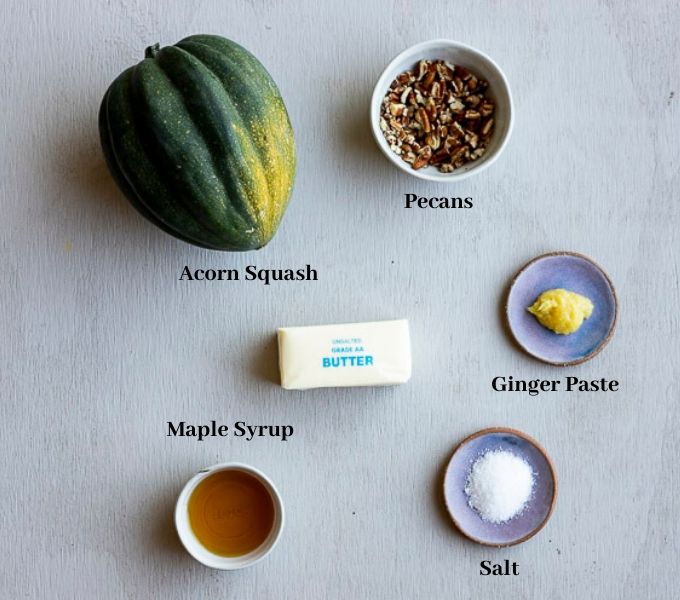

If it is mature and ripe, store the squash in a cool dark area in your kitchen but do not refrigerate. Plenty of sunlight is key for the squash to ripen. If you have purchased an unripe squash, place in a warm sunny spot.
ACORN SQUASH NUTRITION LABEL SKIN
Knock on the skin with your knuckle: if it sounds hollow, it is ripe if it sounds dull, the squash may either be unripe or spoiled.

A squash with soft areas, or a moldy stem is well past its prime. The skin should be matte and hard to pierce with your fingernail, not shiny and soft, which would indicate an unripe squash. Unlike some fruits that develop a softer exterior as they ripen, the rind of winter squashes becomes even firmer as they mature. Ĭhoose squash that has a firm exterior and no soft spots, or cracks. Decreased cholesterol was observed when giving pumpkin polysaccharides to healthy and diabetic mice.
Heart health: Winter squash is rich in potassium (about 500 mg in 1 cup of cooked butternut or acorn squash), which can help to counteract the deleterious effects of sodium on blood pressure. Flavonoids have been researched extensively for their possible role in affecting or inhibiting cancer cell growth. Cancer: Certain compounds in squash like beta-carotene and lutein are classified as flavonoids that may help to protect human cells from the damaging effects of oxygen. The protein and unsaturated oils from the seeds may also have a moderating effect on blood sugar. Squash also contains polysaccharides, a type of indigestible fiber that can prevent blood sugar from rising after eating, as shown in animal studies. Butternut squash, for example, has almost half the amount of carbohydrate of a sweet potato. Diabetes:Squash is a dense, filling food despite being fairly low in calories (45-90 calories per cup cooked, depending on type) with a low glycemic index and load. Historically, winter squash has been used in some cultures as a medicinal plant to treat diabetes, high blood pressure, cancer, high cholesterol, and inflammation. And while several nutrients in squash like the carotenoids, vitamin C, polysaccharide fibers, and minerals such as potassium and magnesium have been researched individually for their role in health and chronic disease prevention, there is a lack of epidemiological studies or controlled trials looking at specific health benefits of winter squash. Generally, a diet rich in vegetables and fruits can lower blood pressure, reduce risk of heart disease and stroke, prevent some types of cancer, lower risk of eye and digestive problems, and have a positive effect upon blood sugar which can help keep appetite in check. Carotenoids: beta carotene (a precursor to vitamin A), lutein, zeaxanthin. The most common varieties found in supermarkets include butternut, delicata, spaghetti, kabocha, hubbard, acorn, sweet dumpling, and sugar pumpkins (these are firmer, sweeter, and less stringy than the larger carving pumpkins). Their seeds are also edible and nutritious. 

For the quickest enjoyment, the flesh may be scooped and eaten straight from its shell after cooking. Sometimes displayed as seasonal table decorations, they are best appreciated when featured as a star ingredient in a wide range of recipes.Ĭompared to their summertime cousins, winter squashes have a denser texture and flavor with firm flesh that holds up well in hearty soups, stews, casseroles, breads, and desserts. “Winter” squashes are uniquely beautiful with ribbed or bumpy skins, irregular shapes, and vibrant colors ranging from yellow to orange to dark green or even multi-toned. Pumpkins may attract much attention as an official sign of cooler weather, but they are just one of dozens of seasonal squash varieties in the Cucurbitaceae (gourd) family.








 0 kommentar(er)
0 kommentar(er)
